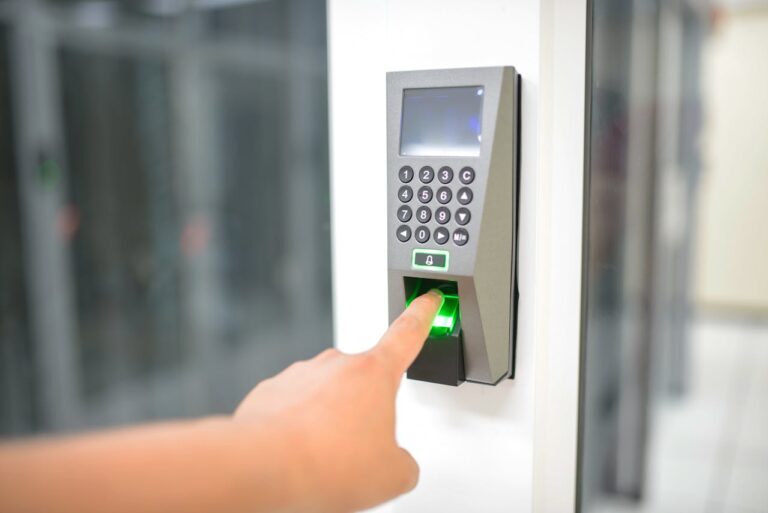In South Africa, the threat of card skimming remains a significant concern, posing risks to both individuals and businesses. Security managers must be vigilant and proactive in safeguarding against this form of fraud. Understanding how card skimming occurs, recognizing the signs, and implementing preventive measures are crucial in mitigating these risks. This article delves into the mechanics of card skimming, offers practical advice on identifying skimming devices, and highlights best practices for security managers in protecting their institutions and clients.
Understanding Card Skimming
Card skimming is a method of stealing bank card information by using a device that reads the magnetic strip on a card. This device, known as a skimmer, can capture critical details such as the card number, cardholder’s name, and expiry date. Criminals can then use this information to create counterfeit cards or make fraudulent transactions. Skimming can occur at ATMs, point-of-sale terminals, and even during online transactions.
In 2022, counterfeit credit card fraud in South Africa resulted in losses of R142 million, while debit card fraud amounted to R270 million, according to the South African Banking Risk Information Centre (Sabric). Despite advancements in payment technology, such as NFC-based contactless payments, card skimming remains a prevalent issue.
Identifying Skimming Devices
Security managers should educate themselves and their teams on recognizing skimming devices. Here are some key indicators to look out for:
- Visual and Physical Inspection: Regularly inspect ATMs for signs of tampering. Check if the card reader is properly aligned with the panel. If it appears misaligned or unusual, compare it with another ATM.
- Keypad Alterations: Be wary of keypads that seem thicker or different from standard ATMs. Fraudsters may install fake keypads to capture PINs.
- Cameras: Look for small, inconspicuous cameras placed near the keypad. These can be used to record customers entering their PINs.
- Suspicious Attachments: Any unusual objects or attachments on or around the ATM should be scrutinized. Familiarize yourself with the normal appearance of your ATMs to spot anomalies easily.
Digital Card Skimming
Digital card skimming, or eSkimming, is another threat where criminals steal card information online. One common method is through Magecart attacks, where attackers create fake or infected websites that mimic legitimate ones, such as online shops or booking platforms. These sites capture payment information entered by unsuspecting customers.
Point-of-Sale Skimming
Skimming can also occur at merchants’ points of payment, such as restaurants or retail stores, using tampered devices. Criminals may provide employees with handheld skimming devices to capture card information during transactions. To avoid this, advise customers never to lose sight of their cards and to be cautious when entering their PINs.
Best Practices for Preventing Card Skimming
Implementing effective measures to prevent card skimming requires a combination of technology, training, and vigilance. Security managers can play a pivotal role in safeguarding their institutions by following these best practices:
- Educate and Train Staff: Ensure that all employees, especially those handling transactions, are trained to recognize skimming devices and suspicious behaviour. Regular training sessions can keep staff informed about the latest skimming techniques and prevention strategies.
- Conduct Regular Inspections: Schedule routine inspections of ATMs and point-of-sale terminals to check for tampering. This includes visual and physical inspections to identify any irregularities.
- Implement Advanced Security Measures: Use ATMs and payment terminals with advanced security features, such as anti-skimming devices and encryption technology. Encourage the use of contactless payments, which are less susceptible to skimming.
- Monitor Transactions: Keep an eye on transaction patterns for any unusual activity. Implement real-time monitoring systems that can flag suspicious transactions for further investigation.
- Engage with Customers: Educate customers on how to protect themselves from card skimming. Provide clear instructions on what to do if they suspect their card has been compromised.
Sabric’s Recommendations for ATM Safety
Sabric offers valuable advice for avoiding card skimming at ATMs. Security managers should disseminate this information to both staff and customers:
- Follow On-Screen Instructions: Encourage customers to carefully follow the instructions displayed on the ATM screen.
- Be Alert: Advise users to be aware of their surroundings and avoid using ATMs if suspicious individuals are nearby.
- Report Disturbances: If interrupted while using an ATM, customers should immediately cancel the transaction and report the incident to their bank.
- Cancel Stuck Transactions: If a card is swallowed by an ATM, instruct users not to leave until they have cancelled the card.
- Avoid Unfamiliar Screens: Warn customers not to use ATMs with unfamiliar screen layouts or those that appear to have been tampered with.
- Guard the Card: Emphasize the importance of never losing sight of their card during transactions at restaurants, retail stores, and other points of sale.
- Check Balances Regularly: Encourage customers to check their account balances frequently and report any discrepancies to their bank immediately.
Conclusion
Card skimming is a persistent threat that requires ongoing vigilance and proactive measures. Security managers in South Africa play a critical role in preventing this type of fraud. By understanding the methods used by criminals, recognizing the signs of skimming devices, and implementing best practices, they can significantly reduce the risk of card skimming. Educating staff and customers, conducting regular inspections, and leveraging advanced security technology are essential steps in safeguarding against this pervasive threat. Through these efforts, security managers can help protect financial institutions and their clients from the damaging effects of card skimming.
If you are interested in advanced targeted security management training, have a look at our Security Management (Advanced) Course Track by following the link below.







